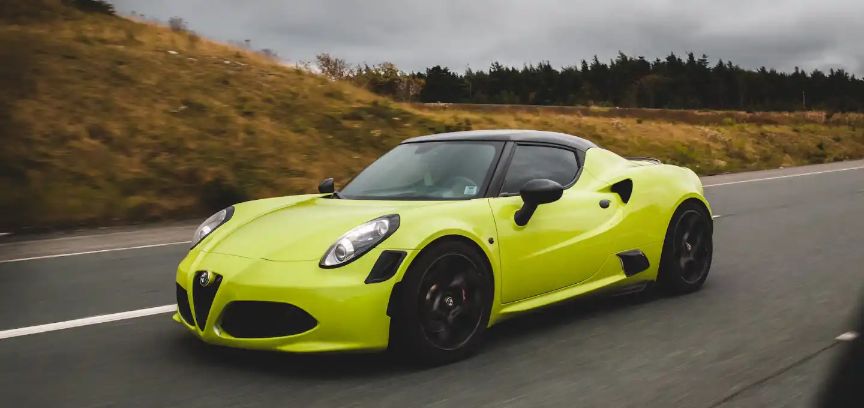Flying Cars vs. Traditional Cars: A Comparative Analysis
6 min read
25 Jun 2024
The age-old mode of ground transportation, traditional cars, is facing a potential challenger - flying cars. This article conducts a comparative analysis of the two modes of transport, exploring their advantages, disadvantages, and the potential impact on our future commutes and lifestyles.
Traditional Cars: The Familiar Ground
Traditional cars have been our trusted mode of transportation for over a century. They offer a sense of familiarity and convenience, allowing us to travel on established road networks. With well-established infrastructure like roads, highways, and parking lots, traditional cars are deeply ingrained in our daily lives.

Pros of Traditional Cars
Traditional cars come with their set of advantages. They are easily accessible and affordable for most individuals. The extensive network of roads and gas stations makes refueling and maintenance convenient. Moreover, traditional cars provide a personal space and control over the driving experience, which many find appealing.
Cons of Traditional Cars
Despite their ubiquity, traditional cars have their downsides. Traffic congestion is a persistent issue in urban areas, leading to long commute times and stress. Additionally, traditional cars contribute to air pollution and carbon emissions, making them a concern for the environment. The need for extensive road infrastructure can also be costly and space-consuming.
Flying Cars: A Leap into the Sky
Flying cars represent a futuristic leap in transportation technology. They offer the ability to navigate urban and suburban landscapes by air, bypassing ground traffic entirely. Vertical takeoff and landing (VTOL) capabilities make them versatile and suitable for congested areas. Flying cars could potentially redefine the way we commute.
Pros of Flying Cars
Flying cars bring a set of unique advantages. They have the potential to dramatically reduce commute times by avoiding ground congestion. With the ability to travel in a straight line, flying cars offer efficient point-to-point transportation. This could lead to more accessible and faster commutes, especially in densely populated urban areas.
Cons of Flying Cars
However, flying cars are not without their challenges. Safety is a paramount concern, as navigating airspace and avoiding collisions require advanced technology and regulations. Noise pollution from flying cars could be a nuisance in residential areas. Additionally, the infrastructure for flying cars, including takeoff and landing zones, needs careful planning and investment.
The Future of Transportation
The future of transportation may not be an either-or scenario. Instead, a blend of traditional and flying cars, along with other modes of transport, could coexist. Commuters might choose between ground-based travel for short distances and flying cars for longer, congested routes. The evolution of transportation will depend on technological advancements, regulatory frameworks, and societal preferences.
Conclusion: A Dual Approach to Mobility
As we compare traditional cars and flying cars, it becomes evident that each has its strengths and weaknesses. Traditional cars offer familiarity and accessibility, while flying cars promise speed and congestion avoidance. The future of transportation may involve a dual approach, where these modes coexist, providing commuters with choices tailored to their needs. Regardless of the outcome, the world of transportation is on the brink of transformation, and how we get from point A to point B may soon look quite different from today's norms.


